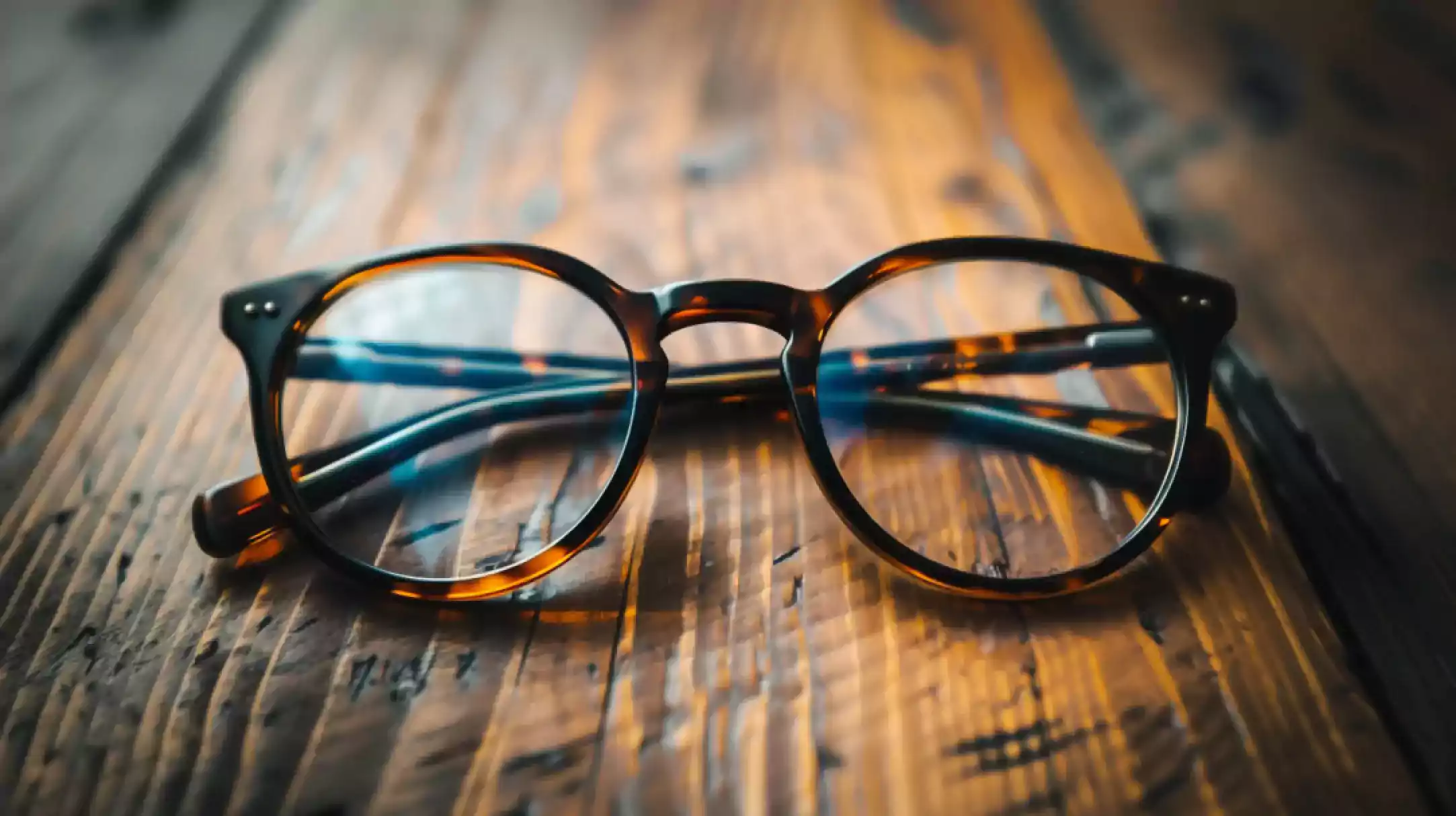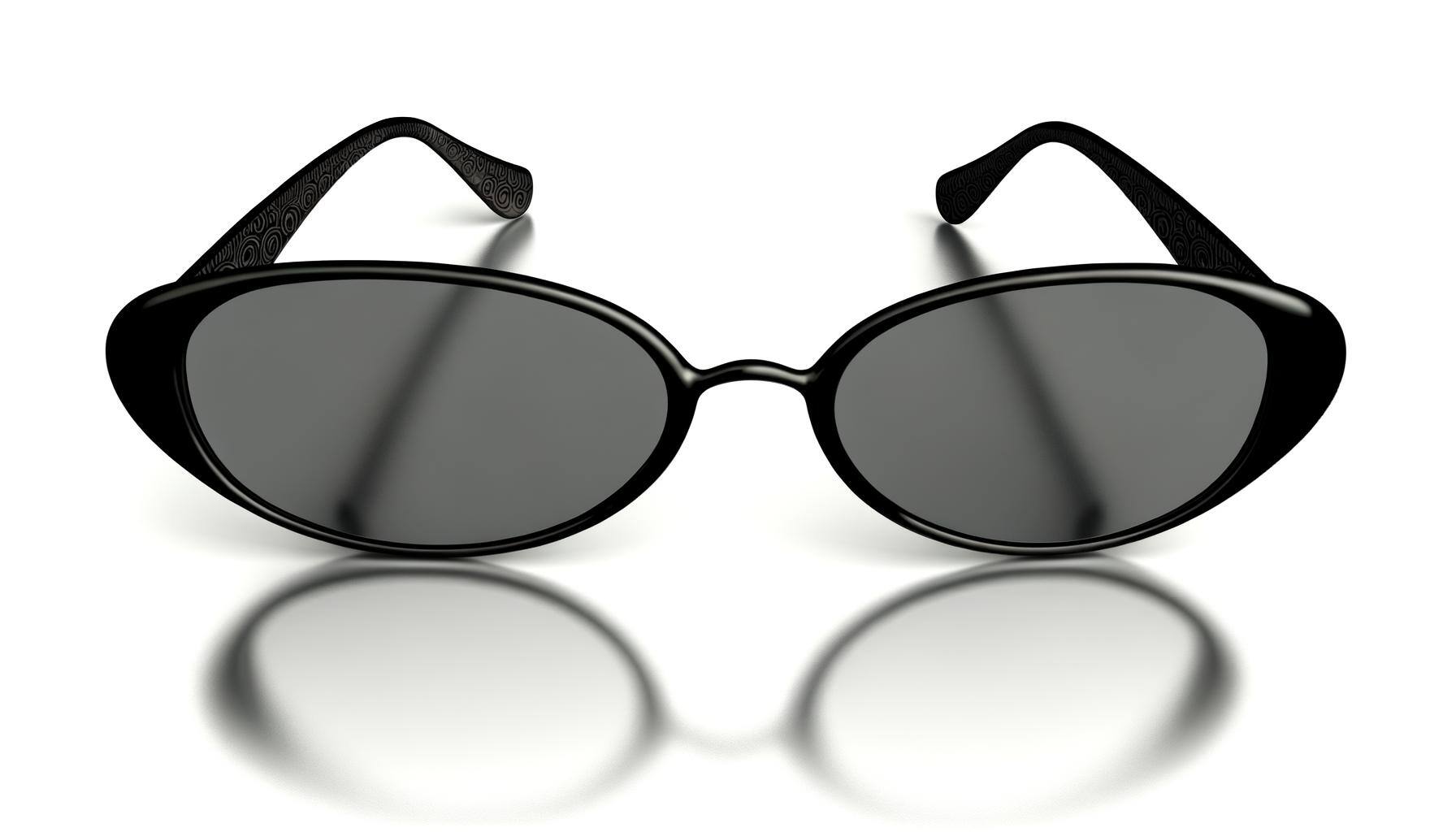In today's digital environment, the concern over blue light exposure has highlighted the need for protective blue light glasses. The vast market offerings underscore the critical role of professional testing. Testing for blue light glasses is essential for validating claims and ensuring these glasses effectively reduce blue light impact, offering consumers a foundation of trust and informed choice.
Professional evaluations are a cornerstone, distinguishing scientifically verified eyewear in a market saturated with unsubstantiated claims. Advocating for rigorous testing is paramount for those dedicated to eye health. It guarantees that individuals receive eyewear and a scientifically supported shield against blue light, underpinning our commitment to safeguarding vision in the digital era.
What is Blue Light?
Blue light, a significant component of the visible light spectrum, plays a dual role in our health. Naturally present in sunlight, it is also prevalent in the artificial glow of digital screens, LED, and fluorescent lighting. Blue light exposure during the day helps maintain our circadian rhythm and alertness. However, when exposure becomes excessive, mainly through prolonged use of digital devices, it may lead to detrimental effects on our eye health.
This excess exposure gives rise to a condition increasingly recognised in our technology-driven world: Computer Vision Syndrome (CVS), also known as Digital Eye Strain. CVS represents a spectrum of eye and vision-related issues from extended screen periods.
How Does Blue Light Affect Us?
Excess exposure to blue light from digital screens can lead to a condition increasingly recognised in our technology-driven world: Computer Vision Syndrome (CVS), also known as Digital Eye Strain. CVS represents a spectrum of eye and vision-related issues stemming from extended screen periods. The widespread symptoms of this syndrome reflect the challenges of a digitally immersed lifestyle, encompassing:
- Eyestrain
- Headaches
- Blurred Vision
- Dry Eyes
- Neck and Shoulder Pain
The bridge between blue light exposure and CVS is underscored by the unique interaction our eyes have with blue light. Unlike other types of light, blue light penetrates more deeply into the eye, potentially leading to retinal damage and contributing to the symptoms of CVS by straining the visual system. Understanding this link is crucial for devising strategies to mitigate the impact of blue light and prevent the onset of Computer Vision Syndrome in our increasingly digital lifestyle.
How Can Blue Light Glasses Help?
By filtering out the high-energy blue light emitted by screens, blue light glasses aim to reduce eye strain, minimise headache frequency, and improve overall visual comfort during extended periods of computer work. Blue light can lead to sleep pattern disruptions by inhibiting the production of melatonin, the hormone responsible for regulating sleep-wake cycles. Blue light glasses are a barrier against this disruption, potentially enhancing sleep quality for individuals who use electronic devices late into the evening.
However, it is essential to note that the effectiveness of blue light glasses can vary based on the quality of the lens and the specific wavelengths they are designed to block. As such, selecting glasses that have undergone rigorous testing and certification is crucial for ensuring they provide the intended level of protection and support for maintaining eye health and sleep hygiene.
How Laboratories Test for Blue Light Glasses
To validate the effectiveness of blue light glasses, laboratories use specific, sophisticated testing and inspection methodologies designed to precisely measure how well these lenses block the spectrum of blue light deemed harmful to the eye. This directly correlates with the glasses' ability to mitigate eye strain, sleep disruption, and potential long-term ocular damage. The analytical process involves spectrophotometry, a technique that quantitatively measures light intensity in the visible spectrum passing through the lens material. Focusing on the critical wavelengths emitted by digital screens, these tests ascertain the protective capabilities of blue light glasses against the spectrum that most affect circadian rhythms and eye health.
Blue Light Blocking Lens Test:
At PEL, we utilise the HITACHI U-4100 Spectrophotometer measurement system for optical parts, a state-of-the-art instrument known for its accuracy and reliability in spectral analysis. This technology allows us to conduct thorough inspections and comprehensive assessments of blue light-blocking glasses, ensuring they offer the promised level of protection against harmful blue light exposure.
The HITACHI U-4100 Spectrophotometer measurement system we use at PEL
The Critical Role of Blue Light Glasses Testing
In the digital era, blue light glasses help mitigate digital eye strain and safeguard our eye health. Their actual effectiveness hinges on rigorous scientific validation. At PEL, leveraging the HITACHI U-4100 Spectrophotometer embodies our commitment to precision certifying eyewear's protective capabilities. This focus on quality assurance elevates consumer trust and reinforces our dedication to combating the visual challenges posed by modern technology. As we embrace digital advancements, the indispensable role of professional testing in ensuring the effectiveness of blue light glasses becomes ever more apparent, paving the way for a future where eye health is paramount.










